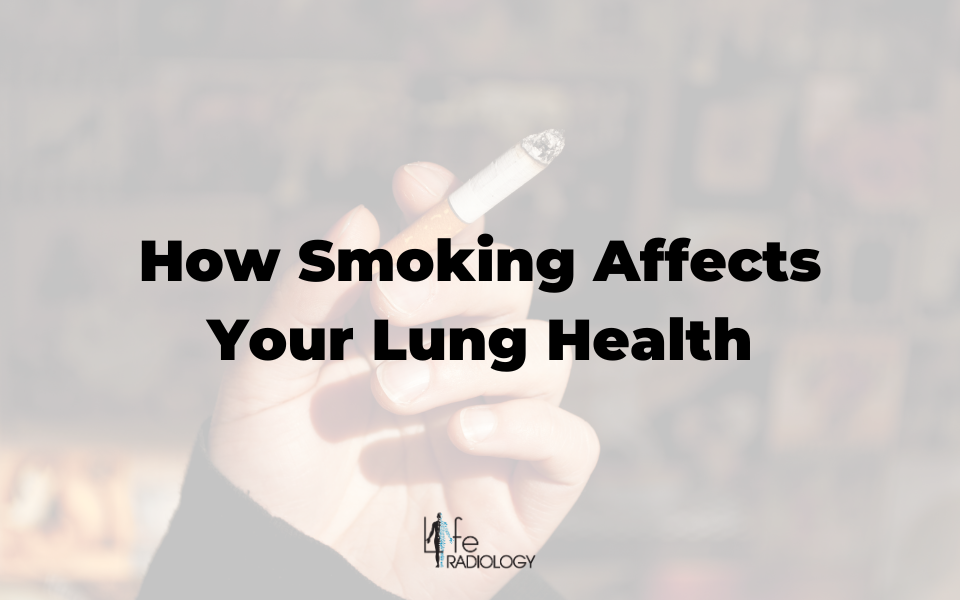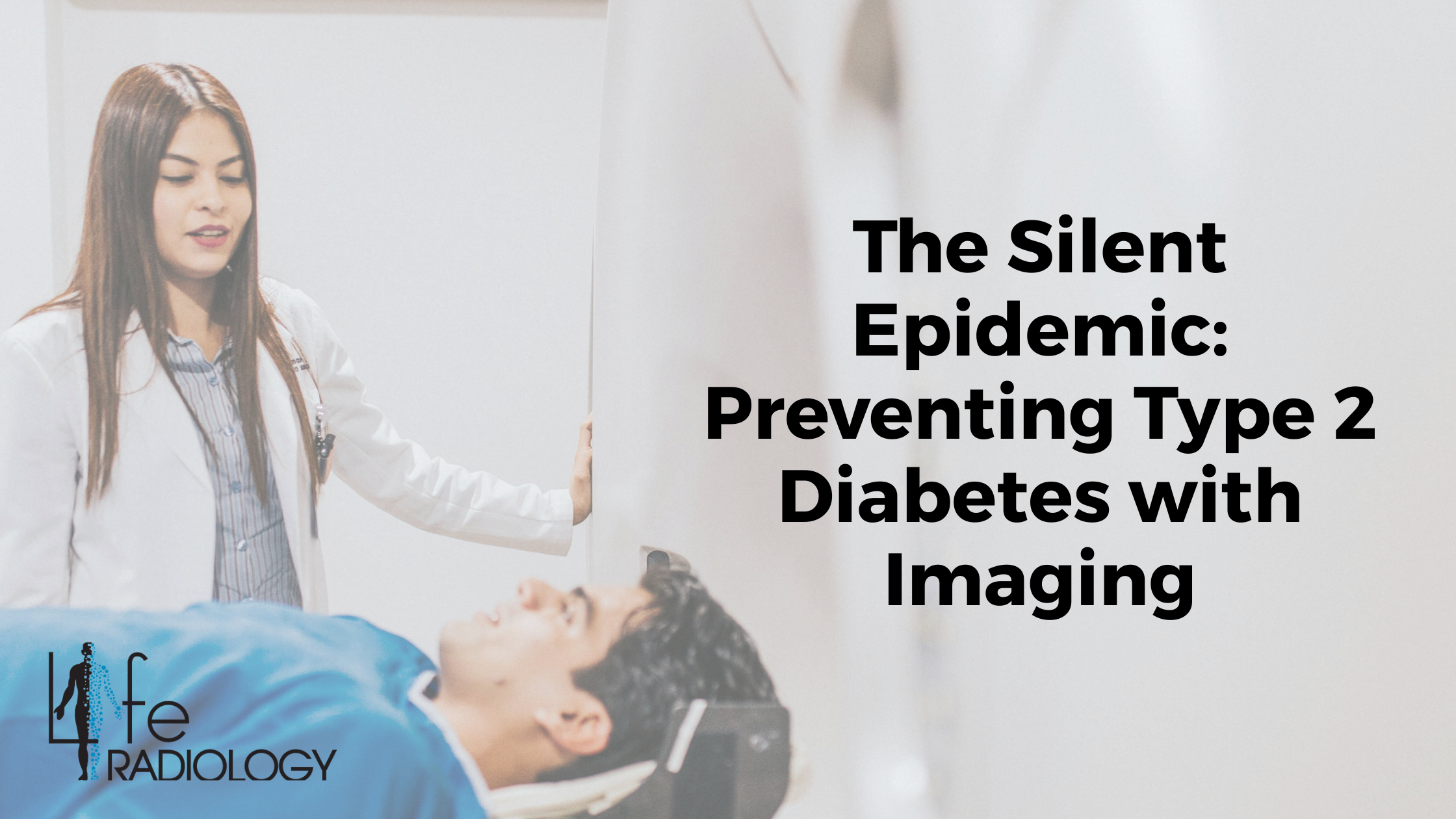How Smoking Affects Your Lung Health
The human lungs, those intricate organs responsible for our breath, are remarkably resilient. However, subjecting them to continuous exposure to smoke can result in severe and often irreversible damage. This guide explains how smoking harms the lungs, causing diseases like lung cancer and COPD.
Smoker's Lung: Unveiling the Effects
Smoker's lung is a term encapsulating the harmful changes that occur in the lungs due to smoking. These changes significantly impact their function and structure, leading to various respiratory issues. Chronic exposure to cigarette smoke irritates and inflames the delicate lung tissues, triggering the accumulation of tar and harmful chemicals within the air sacs, known as alveoli.
Lung Diseases Stemming from Smoking
1. Lung Cancer: A Looming Threat
Lung cancer stands as one of the most prevalent and fatal consequences. Tobacco smoke contains various carcinogenic elements, such as benzene, formaldehyde, and polycyclic aromatic hydrocarbons, which can infiltrate the delicate lung tissues. When a person inhales tobacco smoke, these harmful substances are carried deep into the lungs, where they can cause significant damage.
The carcinogens in tobacco smoke have the potential to disrupt the normal functioning of cells in the lungs. They can induce genetic mutations and alter the DNA structure of healthy lung cells, leading to abnormal cell growth. Over time, these mutated cells can accumulate and form cancerous tumors within the lung tissues.
2. Chronic Obstructive Pulmonary Disease (COPD)
COPD encompasses a group of progressive lung diseases, including chronic bronchitis and emphysema, primarily caused by smoking. It manifests as persistent breathing difficulties, chronic coughing, excessive phlegm production, and decreased lung function, significantly impacting one's quality of life.
3. Chronic Bronchitis: A Persistent Condition
Smoking-induced chronic bronchitis involves chronic inflammation of the bronchial tubes, leading to heightened mucus production and persistent coughing. This condition not only hampers the airflow but also increases vulnerability to respiratory infections
4. Pulmonary Fibrosis: Scarring the Lung Vitality
Pulmonary fibrosis, marked by scarring and thickening of lung tissues, is another debilitating consequence associated with smoking. Continuous exposure to cigarette smoke triggers chronic inflammation and subsequent lung tissue damage, leading to the formation of scar tissue.
This scarring diminishes lung elasticity, impeding normal breathing and reducing oxygen exchange efficiency.
5. Pneumonia: A Complication Intertwined with Smoking
Pneumonia can pose severe complications for smokers, leading to prolonged illness, hospitalization, and in some cases, life-threatening situations. The combination of an existing weakened lung function due to smoking and the added burden of a respiratory infection like pneumonia can significantly exacerbate respiratory distress.
Understanding the Irreversible Effects
The damage inflicted on the lungs by smoking is often irreversible. Although some improvements can occur after quitting, certain alterations to lung structure and function may persist. This permanence underscores the importance of preventing smoking-related lung ailments through cessation and adopting a healthier lifestyle.
Highlighting the Differences Between a Healthy Lung
Healthy lungs function efficiently, facilitating optimal oxygen exchange and supporting bodily functions. In contrast, smoker's lungs exhibit significant changes – they appear discolored due to the accumulation of tar, have reduced elasticity, and suffer from compromised airway function. Chronic exposure to toxins in cigarette smoke severely impairs their ability to function optimally.
Insight into the Transformation
Smoking wreaks havoc on the lungs through a complex interplay of harmful chemicals. These substances damage the lung tissues, disrupt the natural cleansing mechanisms, and trigger chronic inflammation. Continuous exposure to smoke leads to a cascade of events that ultimately compromise lung health and function.
Secondhand Smoke's Grave Impact on Lung Health
Secondhand smoke, a silent assailant, inflicts profound damage on lung health, extending its harmful reach even to non-smokers. This insidious smoke, comprising over 7,000 chemicals, including many toxic elements, not only imperils the respiratory system but also escalates the risk of lung infections, exacerbates asthma and can lead to a plethora of respiratory issues.
Statistics and Data: The Alarming Reality
The statistics echoing the consequences of secondhand smoke reverberate with alarming clarity. According to reputable studies, this deleterious exposure contributes significantly to an annual toll of lung cancer and heart disease-related deaths. Shockingly, children exposed to secondhand smoke face heightened susceptibility to respiratory infections and severe asthma attacks.
E-cigarettes and Vaping: Impact on Lung Health
The inhalation of these substances has raised concerns about their effects on lung function. While studies are ongoing, evidence suggests that vaping may contribute to lung inflammation, airway resistance, and compromised lung health. Moreover, vaping liquids' varying compositions and lack of regulation add complexity to understanding their long-term impact on respiratory health.
Tips for Breaking Free: Quitting Smoking Strategies
Amidst the struggle to break the chains of smoking, an array of resources and strategies await. Consider the effectiveness of nicotine replacement therapies, counseling services, support groups, or prescribed medications. Crafting a comprehensive plan, setting a quit date, and garnering support from loved ones are pivotal milestones toward embarking on a smoke-free journey.
The Path to Healthier Lungs: Lifestyle Alterations
Harnessing the power of a healthier lifestyle significantly fortifies lung health. Engage in regular physical activities to strengthen respiratory muscles, complemented by a diet abundant in fruits, vegetables, and omega-3 fatty acids, fostering optimal lung function. Equally crucial is the endeavor to minimize exposure to indoor and outdoor air pollutants for the sustenance of healthier lungs.
The Significance of Regular Check-ups
Frequent consultations with healthcare professionals stand as guardians of lung vitality, particularly for those with a smoking history. These check-ups encompass comprehensive lung function tests, meticulous screenings for potential lung diseases, and personalized discussions exploring tailored strategies for enhancing and safeguarding lung health.
MRI's Revolutionary Role in Assessment
MRI orchestrates a transformative role in assessing lung health sans the perils of ionizing radiation. With its unparalleled capability to generate high-resolution images, MRI becomes the harbinger of meticulous lung tissue examination, facilitating early detection and vigilant monitoring of diverse lung pathologies.
Advantages Pioneered by MRI in Lung Imaging
Remarkably, MRI's prowess lies in capturing pristine images, unveiling intricate lung abnormalities and diseases with unparalleled precision. The non-intrusive characteristic of MRI, along with its lack of radiation exposure, enhances its position as the favored option, particularly for people requiring repeated but secure lung evaluations.
Conclusion
As we conclude smoking's impact on lung health, the path forward becomes evident. Education, advocacy, lifestyle modifications, and the adoption of cutting-edge diagnostics like MRI collectively propel us toward a future where lung health stands as an inviolable cornerstone of well-being. Let us tread this path together, championing lung vitality for generations to come.
FAQs About Smoker's Lungs
1. What are a smoker's lungs?
Smoker's lungs refer to the lungs of individuals who have been exposed to cigarette smoke for an extended period. Continuous exposure to the toxins and chemicals in tobacco smoke leads to significant changes in lung structure and function, impacting respiratory health.
2. What changes occur in a smoker's lungs?
Smoker's lungs undergo various detrimental changes, including the accumulation of tar and toxins, reduced lung capacity, inflammation, increased mucus production, diminished elasticity, and a higher susceptibility to infections and diseases.
3. Can a smoker's lungs recover after quitting smoking?
Quitting smoking is beneficial for lung health. While some lung function improvements may occur after quitting, certain structural changes caused by smoking, such as scarring and damage to lung tissues, may persist. However, quitting smoking significantly reduces the risk of further damage and improves overall lung health over time.
4. What are the differences between a smoker's lungs and healthy lungs?
Smoker's lungs differ from healthy lungs in various ways. Smoker's lungs often have discoloration due to tar accumulation, reduced elasticity, increased mucus production, compromised airway function, and an increased risk of diseases like chronic bronchitis, emphysema, and lung cancer.
5. How does smoking affect lung cancer risk?
Smoking is a leading cause of lung cancer. Carcinogenic substances in tobacco smoke damage lung cells, leading to abnormal cell growth that can progress into cancerous tumors. The risk of developing lung cancer significantly increases with prolonged smoking.






